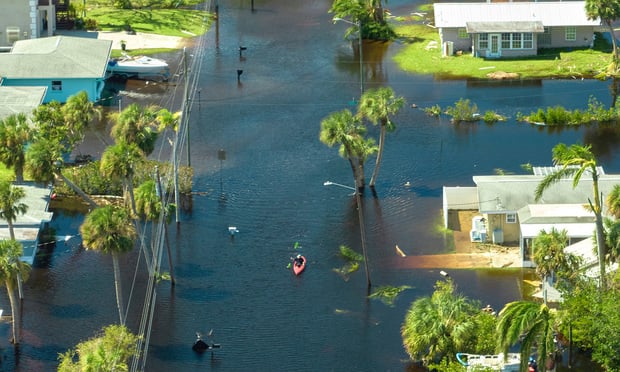Knowing that today's homes burn faster than ever, the National Fire Protection Association (NFPA) announced “Every Second Counts: Plan Two Ways Out” as the official theme for this year's Fire Prevention Week campaign, October 8-14, 2017.
2 minutes to escape
Experts say you may have as little as two minutes (or even less) to safely escape a typical home fire from the time the smoke alarm sounds.
“Modern home furnishings, along with the fact that newer homes tend to be built with more open spaces and unprotected lightweight construction, all contribute to an increased rate at which home fires burn,” said Lorraine Carli, vice president of Outreach and Advocacy at NFPA. “These factors make home escape planning and practice critical.”
Common misperceptions
Meanwhile, a national survey recently conducted by NFPA shows that Americans continue to have many misperceptions around home escape planning and practice:
- Less than half of Americans (48%) know that the correct components of a home fire escape plan include working smoke alarms, two ways out of each room and an outside meeting place.
- Nearly one quarter of Americans (23%) do not know that each room in the home should have at least two exits.
- Close to three in five Americans (57%) think that in a typical single-family home fire situation, once the smoke alarm sounds, the average person would have more than two minutes to escape safely.
“Home is the place people are at greatest risk of fire, but ironically it's the place they feel safest from it,” said Carli. “That over-confidence may contribute to the public's continued lack of awareness around home escape planning and practice.”
Related: 25 U.S. cities with the highest risk of home fires
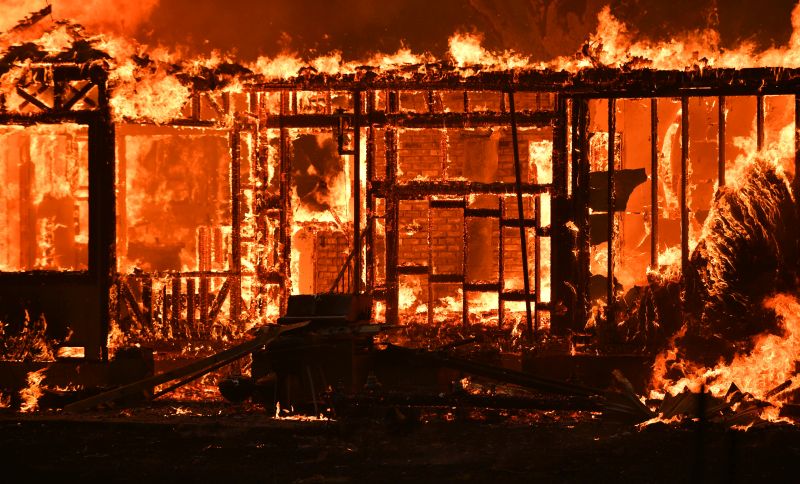
A home burns near the town of Lower Lake, Calif. on Sunday, August 14, 2016. (AP Photo/Josh Edelson)
True speed at which home fires spread
“Every Second Counts: Plan Two Ways Out” works to teach people about the true speed at which today's home fires can spread, and the vital importance of home escape planning and practice in the event of one. A home escape plan includes:
- working smoke alarms on every level of the home, in every bedroom and near all sleeping areas;
- 2 ways out of every room, usually a door and a window; and
- a clear path to an outside meeting place (like a tree, light pole or mailbox) that's a safe distance from the home.
Practice twice a year
Home escape plans should be practiced by all members of the household twice a year.
“In a fire situation, a practiced home escape plan ensures that everyone knows what to do if the smoke alarm sounds and how to use that time wisely,” Carli said.
Related: Not all fire insurance policies are the same: Valued vs. non-valued
Here are 6 key tips for having a home fire escape plan:
1. Map home & exits.
Draw a map of your home by using the NFPA grid in English (PDF) or Spanish (PDF) with all members of your household, marking two exits from each room and a path to the outside from each exit.
Related: It's Fire Prevention Week. Here are 6 things you need to know
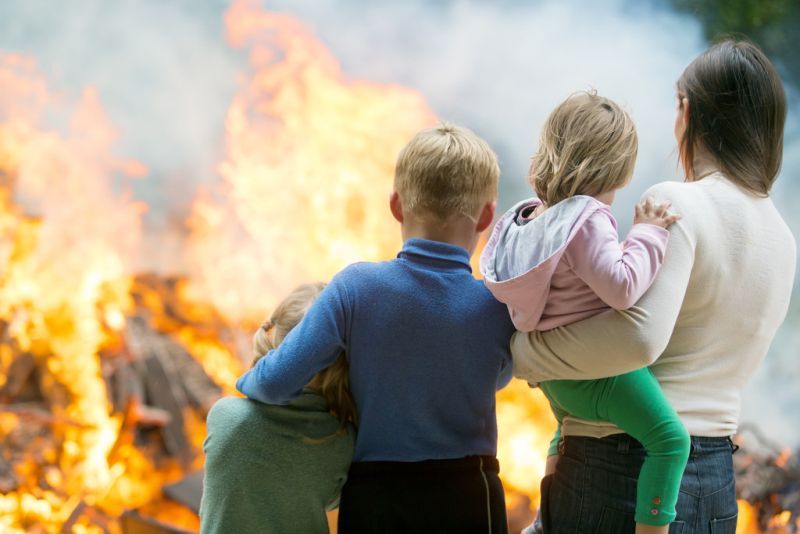
(Photo: Shutterstock)
2. Fire drills.
Practice your home fire drill twice a year. Conduct one at night and one during the day with everyone in your home, and practice using different ways out.
Related: Wildfire claims and coverage questions
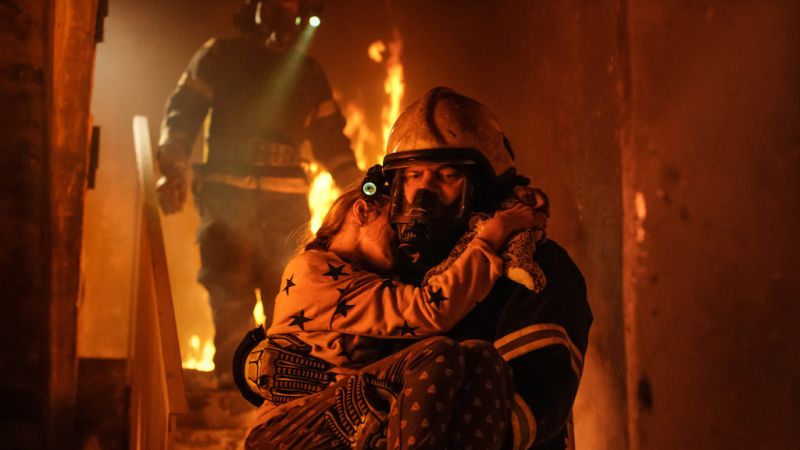
(Photo: Shutterstock)
3. Teach children how to escape.
It's important to teach children how to escape the home their own in case you can't help them.
Related: 10 dos and don'ts to prevent home fires
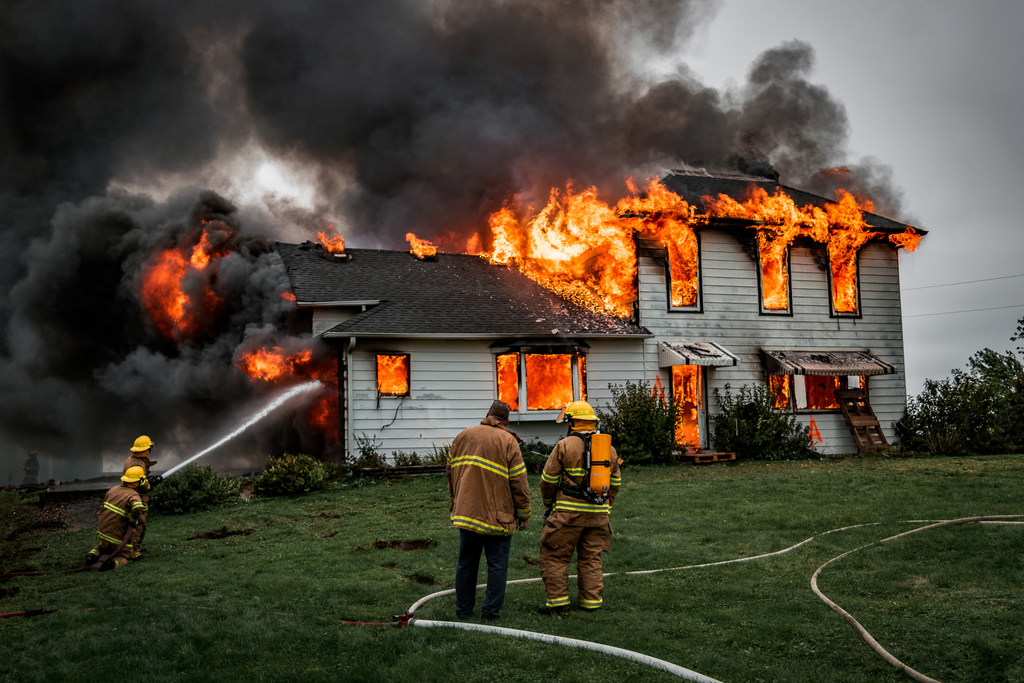
(Photo: Shutterstock)
4. Help the fire department find you.
Make sure the number of your home is clearly marked and easy for the fire department to find.
Related: Here are 10 ways to prepare for a wildfire

(Photo: Shutterstock)
5. Close doors.
Close doors behind you as you leave — this may slow the spread of smoke, heat, and fire.
Related: Its house fire season: Here are the 8 most common fire hazards in the home
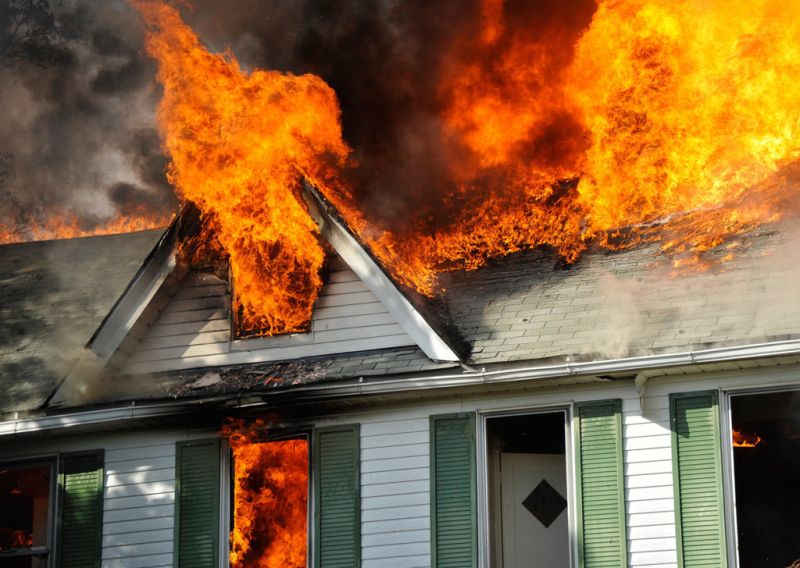
(Photo: Shutterstock
6. Stay outside.
Once you get outside, stay outside. Never go back inside a burning building.
Related:
The 8 insurance coverages that are triggered by a catastrophic fire
Want to continue reading?
Become a Free PropertyCasualty360 Digital Reader
Your access to unlimited PropertyCasualty360 content isn’t changing.
Once you are an ALM digital member, you’ll receive:
- Breaking insurance news and analysis, on-site and via our newsletters and custom alerts
- Weekly Insurance Speak podcast featuring exclusive interviews with industry leaders
- Educational webcasts, white papers, and ebooks from industry thought leaders
- Critical converage of the employee benefits and financial advisory markets on our other ALM sites, BenefitsPRO and ThinkAdvisor
Already have an account? Sign In Now
© 2025 ALM Global, LLC, All Rights Reserved. Request academic re-use from www.copyright.com. All other uses, submit a request to asset-and-logo-licensing@alm.com. For more information visit Asset & Logo Licensing.



